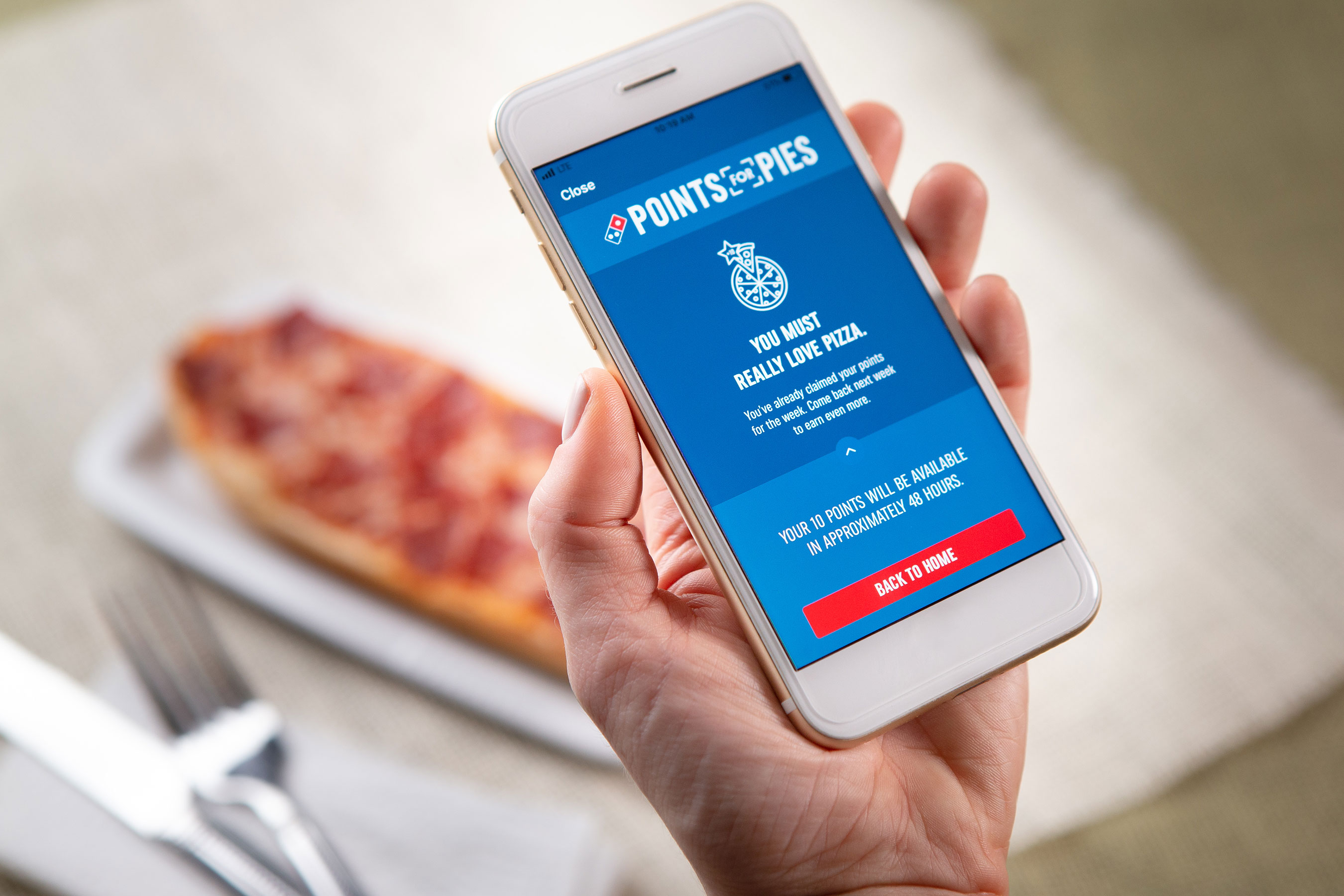There isn’t a single company in 2019 that isn’t thinking about making branded content. If Oxford Dictionary had a Business Word of the Year, “content” would undoubtedly be the frontrunner (maybe with some competition from “influencer”). Because every company is producing its own content, the caliber that it takes to stand out is ever-increasing. Companies are starting to look for the next great thing that grabs our attention. Currently, churning out technology products seems to be the best form of marketing.
Technology products can help consumer brands create a moat, increase their valuation, and deliver something extraordinary to their fans. The high barrier to entry in creating a technology product means a few are using it as a marketing technique.
Nicholas Robinson
Nicholas’s last point uncovers a very interesting vertical for high-value companies that are already investing loads of money in R&D. The idea is to rapidly release technology products to create buzz around your brand, whether those products are fully-functioning and purposeful or not.
Ten years ago, this strategy could’ve spelled “death by one’s own press release”. But today, new technology enters and exits our headspace faster than it takes to hang up on a voice-automated spam call. This means that a successful or failed technology release is not as paramount nor catastrophic for a brand as it once was. Therefore, releasing new technology can be a means of content marketing.
Nobody is doing this better than Domino’s – the technology company that sells pizza.
Earlier this month, popular pizza purveyor Domino’s unveiled the latest in a long line of technological PR stunts: Points for Pies. Simply download the Domino’s app and use it to take a picture of a pizza, any pizza. For every
Eric Limer, Popular Mechanicspicture the app identifies as pizza—Domino’s or otherwise—you get ten points (with a limit of ten points per week). Once you get 60 points, you’ll be entitled to one free medium two-topping pizza fromDomino’s .
This is a standard loyalty program with sometechnomagical fairy dust sprinkled on top. The allure of a free pizza is designed to entice you to download the Domino’s app, which makes it easier for you to order Domino’s. If you order Domino’s, you’re probably going create an account that includes your name, email address, phone number. On top of all that, the Points for Pies program requires you to think about Domino’s, and about opening the app, at least once a week.
Domino’s is using the Points for Pies program to change the way consumers behave. It’s certainly a marketing tactic to drive more interaction with their brand. But what sets this marketing ploy from past ones – Paving for Pizza and smart speaker pizza orders – is that Points for Pies is under the guise of AI.
Points for Pies is essentially building a database of what finished pizzas look like. Undoubtedly, there’s going to be massive variability in user-generated photos, which is a huge advantage for building out image recognition algorithms. Variability and diversity of training data
Although the purpose of an algorithm that can accurately identify pizzas is a little unclear. I could see it being used in kitchens of the future, especially when rounded out with other algorithms in the food-making process.
Already a future thinker?
Then become a friend.
The OS of the Kitchen.
If we’re really on our way to having our food cooked by robot chefs – like Flippy the burger robot, automated wok chefs, or even Sony’s idea of the robot-assisted kitchen, computer vision technology will probably play a crucial role.
When you think about a (human) chef working in a kitchen, there’s a lot of adaptation required. Halfway through dinner shift, the pans are going to be hotter than they were to start the day, which means the food is going to cook quicker. Likewise, when they’re cooking two servings, there’s more food in the pan than which means it will take longer to cook. Not to mention, the saying goes that the first bite of a meal is with the eyes. Our food must look appetizing. Even in ordering a Domino’s pizza, we expect a certain visual quality.
This is nothing at all like robots working in a Campbell’s canning factory. Food preparation in the restaurant industry is a very nuanced skill and rarely sticks to set recipes and rigid cooking processes. Even the most efficient, factory-line operations like Domino’s will need a robot that can adapt to the situation at hand.
If they develop the AI that can recognize the freshness of raw ingredients, operate a pan by paying attention with their “eyes”, and can do a great job with visual presentation, they effectively become the system that every robotic food preparer needs to operate – whether that robot be an intelligent oven/pan or a sous chef type role.
Building the algorithms necessary to the cooking process is how you sew the seeds of the world’s first operating system for the kitchen. At that point, they will be on their way to creating a “tax” on the robotic food preparation industry. This is on par with Amazon, who effectively owns a tax on nearly all computing tasks through their AWS platform.
Whether it’s Domino’s that figures it out or not, this is a huge opportunity and will effectively solidify a company’s existence for the entire 21st century.
